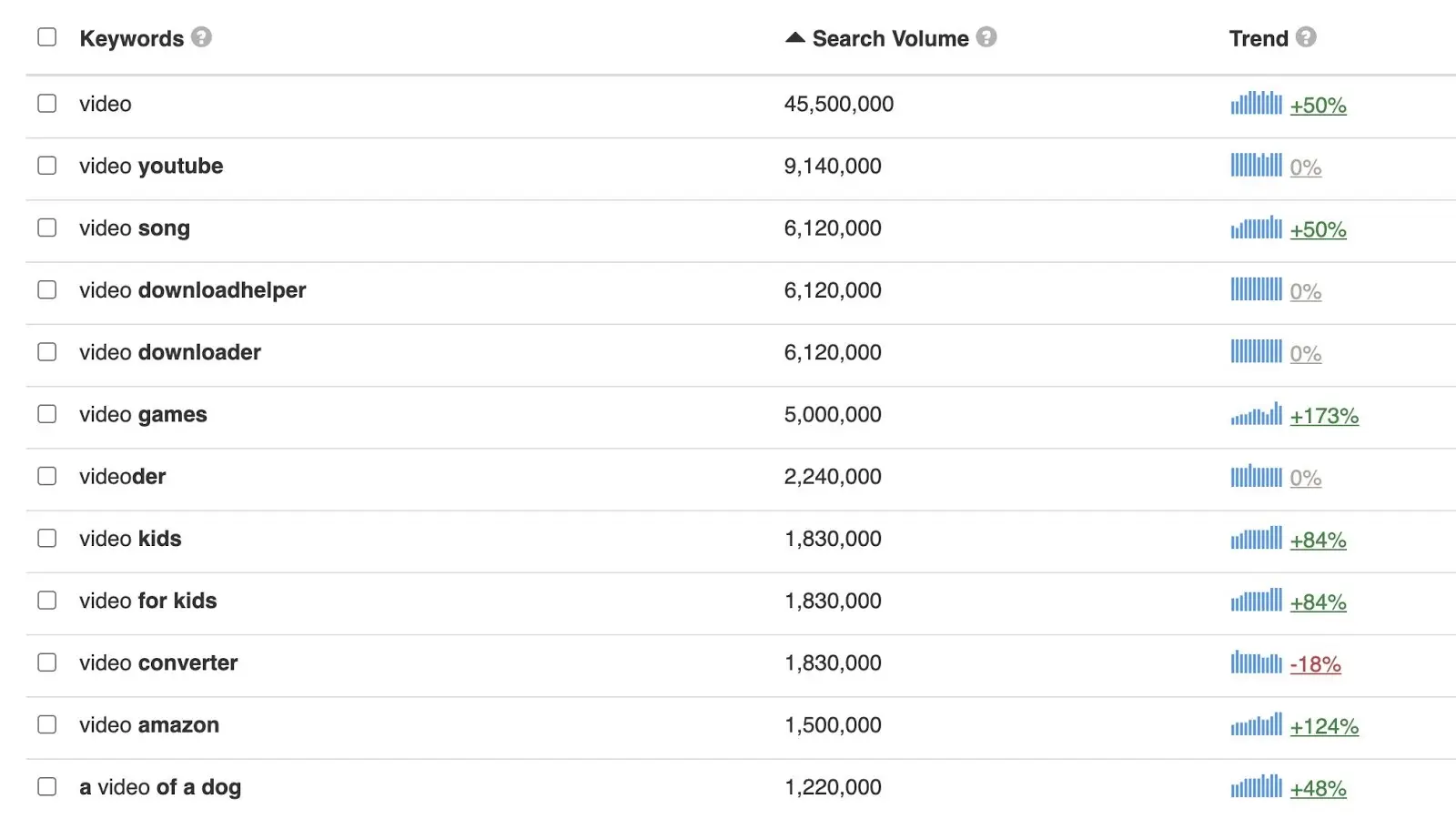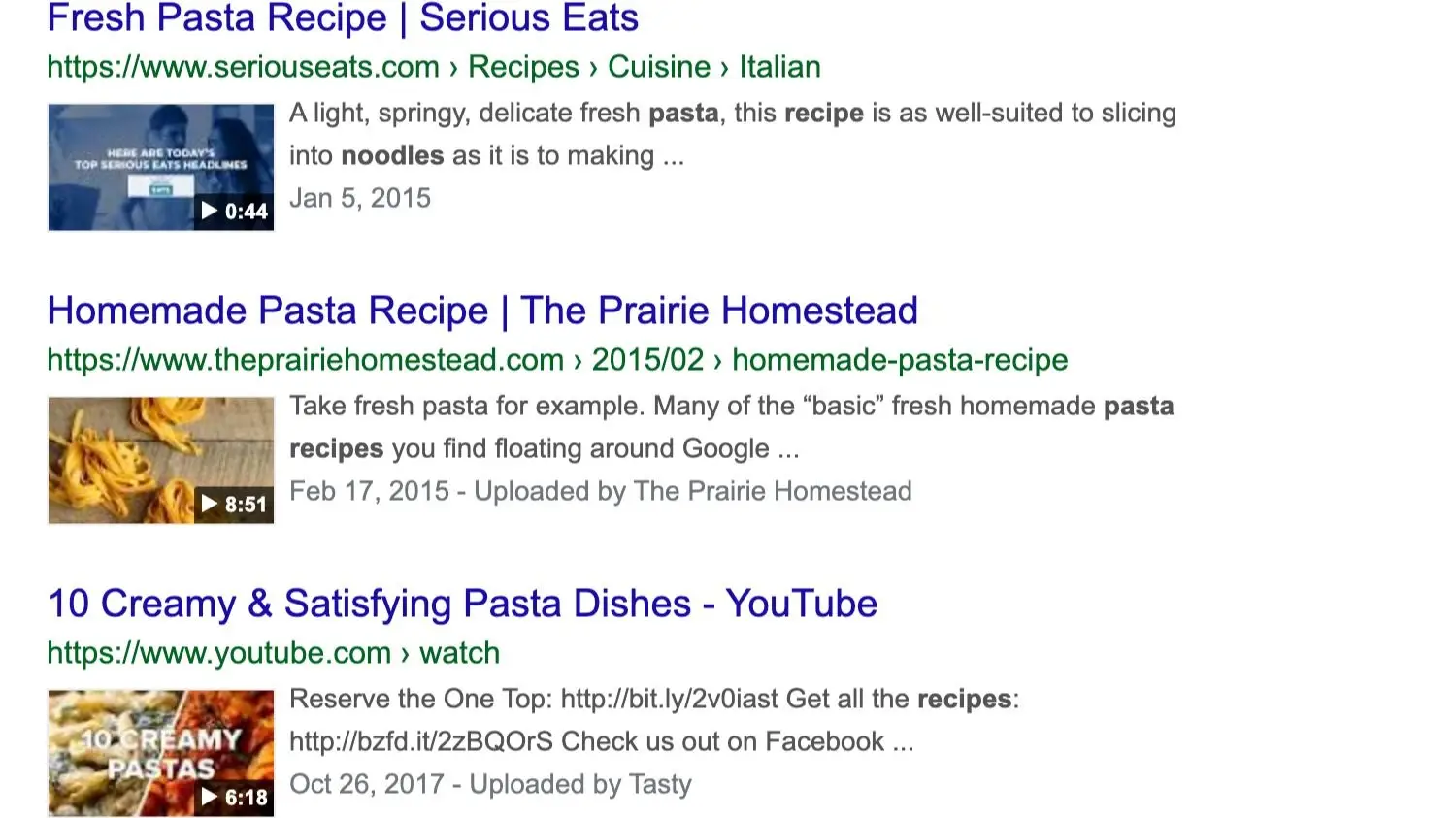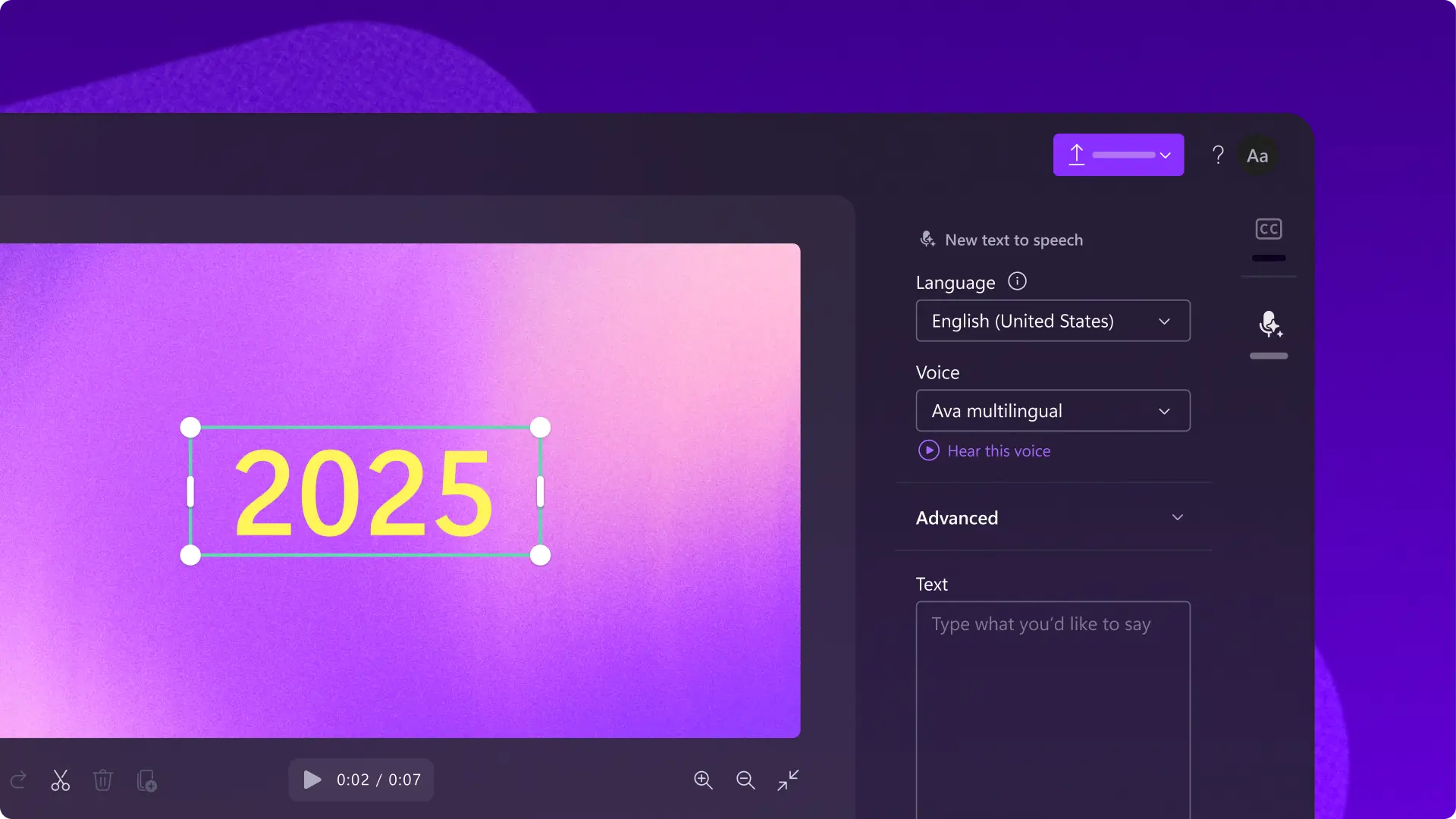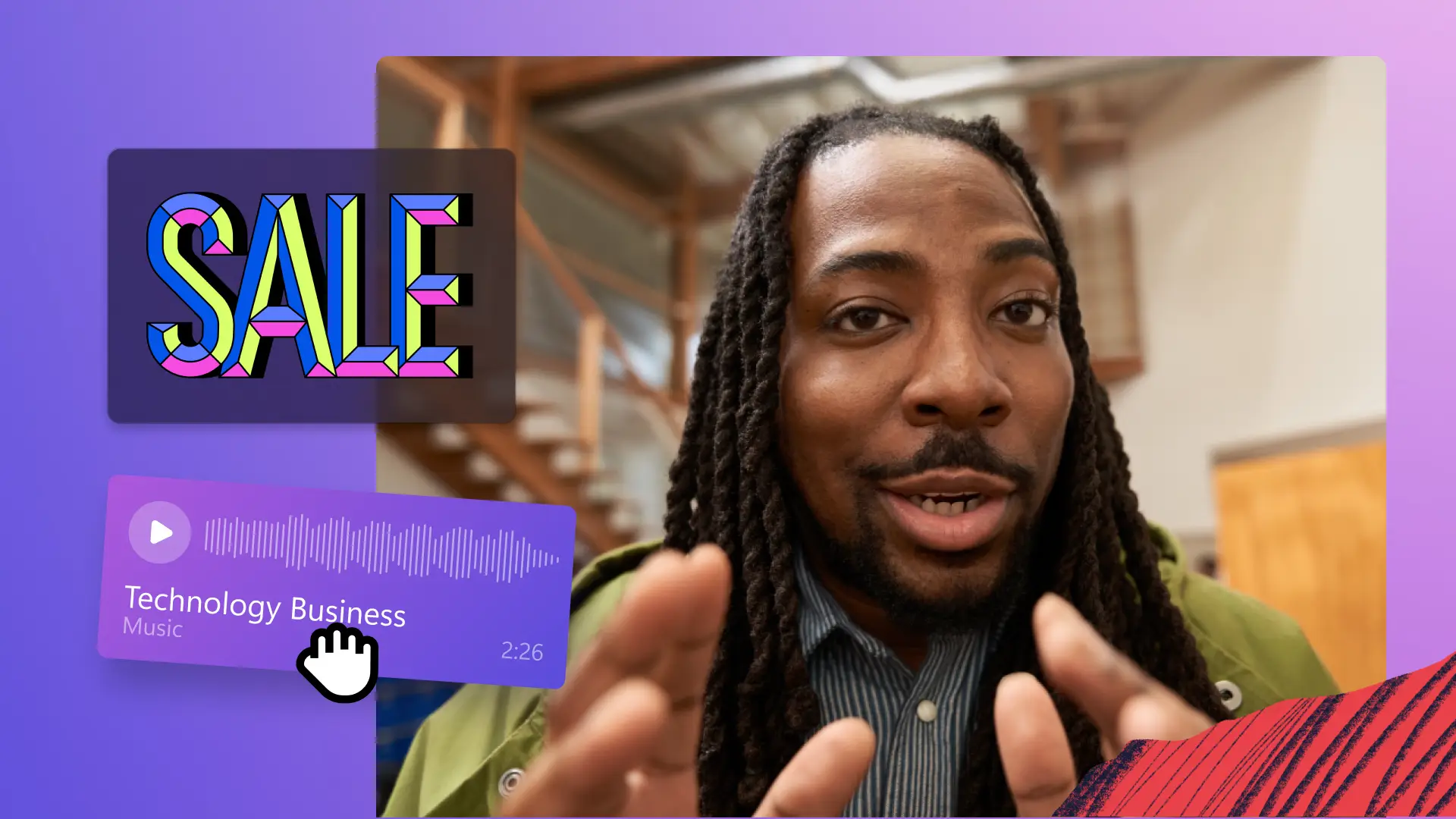Heads up! The screenshots in this article are from Clipchamp for personal accounts. The same principles apply to Clipchamp for work and school accounts.
If a tree falls in the forest and no one is around to hear it, does it make a sound? Look, we don’t actually have the answer to that. However, we do know that if you share a video online without the right SEO strategy, it’s likely no one will see it. Yep, you put in the research, improved your editing skills and read every blog on video editing you could find and still, the views are low. The harsh truth is, you can post the most professional video on the web, but without the right video SEO strategy, you won’t get the results you want.
What is video SEO?
First things first – SEO is an acronym for search engine optimisation. SEO is the practice of making changes to your content (video, website etc), usually involving keywords, that help it rank highly in the results of search engines like Google. High search engine rankings build organic (unpaid) traffic.
Video SEO is the practice of optimising videos to rank highly in search engines and YouTube results. There are a number of strategies for video SEO that we’ll explore later in this blog post but they include things like optimising video titles, video descriptions and including transcripts in your video upload.
How has video SEO changed in recent years?
We write a lot about how much video content is growing. Did you know that internet users spent 6 hours and 48 minutes per week watching videos online in 2019? The popularity of this content type means there’s a lot of competition out there. Today, everyone’s an editor and creators and marketers alike are filming, editing and uploading videos at lightning speed.
With all of this content crowding the web, it’s getting harder and harder to have your videos stand out and rank highly in search engine results based on quality alone. This is when a good SEO strategy can make all of the difference.
Our video SEO tutorial
Convinced video SEO is the way to go? Good. Now it’s time for us to share our tutorial, so you can start perfecting your own strategy.
Platforms
Where you post your video is an important decision as this will affect where your traffic is directed. Don’t just assume it should go up on YouTube because it’s a video. Sure, if you’re a creator looking to build your YouTube channel or Vimeo audience then these platforms are certainly the best place to post.
However, if you’d like to send new visitors to your website, you should be embedding videos directly into it. Don’t let that traffic go to waste, send your viewers to a page where they can discover more about your brand or service.
Keyword tools
Choosing the right keyword tools for you is the best way to start your video SEO journey, with them you can build a strong strategy. Ahrefs and Keyword Tool are two excellent keyword research tools that you can use to find the terms frequently searched on a number of search engines. If your focus is ranking on YouTube, you can look into tools like TubeBuddy and VidlQ for platform-focused keyword insights.
Video titles
Getting your video title right and SEO optimised is simple if you follow two rules:
Include your focus keyword.
Maximise your click through rate (CTR) with an exciting title.
The title above is a great example. It includes the video’s focus keyword (or phrase) “Video SEO” and compels you to click with its enticing title that includes terms like “#1” and "(Fast!)".
Descriptions
Similar to any kind of content’s meta description, your video’s description is really important to SEO. Make sure it includes your focus keyword (but avoid overstuffing) and is written in a descriptive and engaging way.
According to Backlinko, your description should be around 200 words long – long enough to give a good description, not so long that it bores potential viewers. Also remember that descriptions can affect your CTR, the first 100 or so characters will be visible in search results. Ensure the keyword is prioritised at the start of your description and includes compelling language.
Thumbnails
Once you start to rank in search results, the battle isn’t over. It’s important to pay close attention to how your video presents in these results. We’ve already touched on title and description, so now it’s time to talk thumbnails.
These tiny images can make or break your CTR. It’s the first look viewers get at your video so it needs to be compelling enough to attract viewers to click. Look at the search results below, what thumbnail would you click on and why? Check out our guide to video thumbnails for tips on how to make this happen.
Transcripts
If you’re uploading your video to YouTube, you should also upload a transcript. This text can help YouTube understand your video on a deeper level and can contribute to a higher search ranking. It’s also great for generating captions and improving accessibility for deaf or hard of hearing viewers.
Support your video SEO
Lastly, it’s important not to put all of your eggs in one basket. Video SEO and SEO in general can be tricky, algorithms change sporadically and aren’t always reliable. With this in mind, give thought to the quality of your website as a whole (if you’re posting your video on a website), support new video posts with social content on platforms like Instagram and Facebook and consider investing in paid advertising.
As part of a well rounded approach, your video SEO marketing is sure to improve your video results. Good luck!











